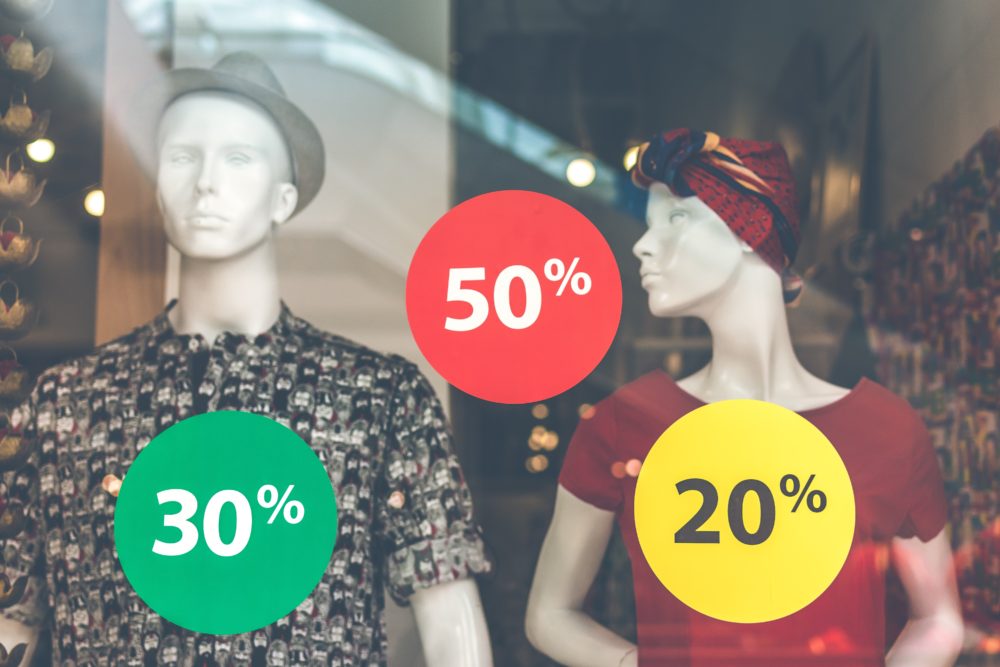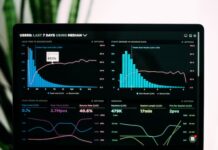Peak trading season 2019 is almost upon us, with online retailers putting the finishing touches to their sales game plan. The big question on everyone’s lips is whether this peak will see a further evolution of the heavy discounting tactics used by retailers in previous years and how online stores hope to leverage sales to drive key metrics such as average order value and repeat custom.
Here, Lars Rabe, Managing Director Europe at True Fit, picks out key insights from Yieldify’s recent survey of 400 UK and US retailers in which they reveal their sales plans for peak trading 2019.
Who is discounting and when?
Online discounting activity has been a growing trend in recent years and, on the whole, the latest research shows this trend is set to continue. Take Black Friday for example, a mere 6.2% of online retailers will boycott the annual shopping festival this year, while more than half will be cutting prices across all their lines. Fashion brands are the most enthusiastic with nearly all of them (92%) saying they’ll offer discounts. However, when you look at pureplays in isolation one-in-five say they won’t be taking part.
Cyber Monday is the least popular shopping event among UK retailers, with 12% saying they won’t take part. Among those retailers who do participate, there will be a greater focus on limited discounting with 35% of retailers saying they’ll adopt this approach, compared to the conventional festive shopping season that follows after Black Friday. This will see the highest levels of discounting activity, with the vast majority of retailers saying they’re going to offer money-off deals.
How much are retailers preparing to discount?
Retailers say they’re planning to offer the biggest deals during Black Friday, when prices will be reduced by over a third on average. But while Black Friday reductions will be bigger, they’re likely to be limited to fewer products, when compared to Cyber Monday and other holiday season promotions. Overall pureplay online retailers are likely to be least generous, offering the lowest level of discounts across all three holidays.
How long will promotions last for?
Black Friday promises to be the longest discounting event by a long margin with more than a quarter of retailers planning to extend their Black Friday sale so it lasts five days or more. Compare this to just 15% planning to restrict their discounts to the Friday. Pureplays are much more likely to have less-generous promotions but plan to continue them for a longer time. This will give pureplay retailers a greater opportunity to collect and act upon sales data and finely tune their offering. Meanwhile more than a quarter of retailers will treat Cyber Monday as a one-day event.
The highest levels of discounting activity are planned for the festive season, during the three peaks of Cyber Monday, the last Sunday before Christmas and Boxing Day. 85% of retailers are planning discounts during this period and almost two-thirds will discount across all their lines.
How can retailers prepare for peak and maximise conversion rates?
By their very nature, sales are time limited and they are often restricted to a specific quantity of stock, so it pays to remind customers that decisive action is required if they’re to bag the best bargains. In this environment urgency messaging, such as a countdown showing how long a product will be reduced and/or an onscreen prompt showing how many units are left in stock, can be highly effective. Retailers also need to bring their A game when it comes to social proof, by harnessing customer reviews as well as influencer opinion and ‘trending products’ updates.
Retailers would also be well advised to use shopper data and personalisation techniques to up-sell and cross-sell sales stock in order to boost AOV. This can be achieved by recommending products based on basket contents, previous purchases and sizing. This can also be achieved by inviting customers to ‘shop the look’.
When it comes to sales time, it’s critical that margins are protected by taking active steps to limit returns. During normal non-sale trading 40% of clothing and apparel purchased online is returned. Poor fit is cited as a reason for returns among 60% of US consumers. Sizing is also the number one reason for buyer hesitancy online. The answer is to remind customers to check their size using a sizing solution before they check out.
So called size sampling (where shoppers hedge their bets by buying several sizes) is also responsible for around 15% of returns. An effective AI-powered sizing solution has been shown to reduce size sampling by nearly a quarter and protect margins.
Another effective sales season strategy is to highlight free delivery either on all purchases or when a basket value threshold has been reached. Regular reminders showing customers how much more they need to spend to be eligible for free delivery can help to increase order value.
Conclusion
Peak trading 2019 promises to continue the annual trend of significant discounting activity across the period, especially in the online fashion, clothing and apparel sectors. In order to capitalise on this activity retailers must not only get their discounting strategy right, they also need to harness personalisation, choose the right fit solution and nudge consumers toward a purchase with urgency messaging and social proof.


















